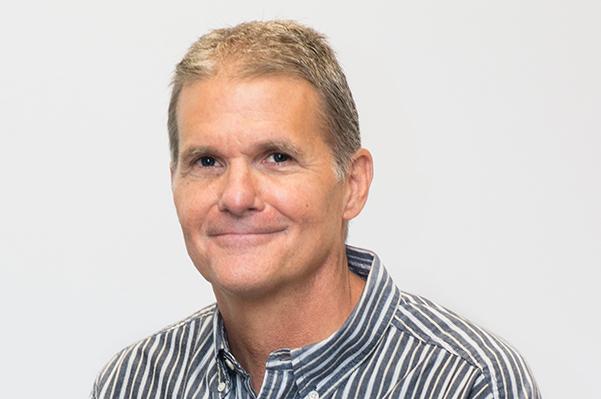-
About
- Leadership & Faculty
- News & Events
-
Academics
- Graduate
- Advanced Clinical Training
- Continuing Education
- Academic Departments
- Academic Offices
- Simulation Experiences
-
Student Life
- Offices
-
Research
-
Hospitals & Clinics
- Emergency Care
- Hospital Services
-
Community Outreach
- Volunteer
Dr. John Berg Named Emeritus Faculty
Upon retirement after 35 years of service to Cummings School, Professor Emeritus John Berg reflects with wit and humor

New Professor Emeritus John Berg recently shared insights about his career journey upon his retirement after 35 years of service to Cummings School of Veterinary Medicine.
What drew you to the East Coast after Colorado State?
I grew up in southern California and went to college at Colorado State University (CSU), where I completed my undergraduate work, obtained my veterinary degree, and received my specialty training as a veterinary surgeon. All told, I spent 13 years at CSU, which is a record that may still stand today. After CSU forced me out the door and onto the street, my main goal became to obtain a position as a surgeon in a specialty practice in a major city – I had never previously experienced city life. Luckily, a position soon became available at a specialty practice on Boston’s South Shore, and I quickly signed on.
What led you to pursue a faculty position at Cummings School?
I enjoyed private practice, but after a year realized that my true professional desire was to obtain a position in academia, where I could combine practicing surgery with teaching and participating in research. Fortunately, a faculty position became available at Cummings School. Having lived nearby, I was aware of the school’s reputation for innovation and excellence, and quickly decided to throw my hat in the ring.
After 35 years at Cummings School, what kept you here, contributing to the institution, its students, and the profession?
As mentioned above, academic positions offer faculty members opportunities to help animals and their owners in a variety of ways—something for which Cummings School is perfectly situated. Our small animal caseload is among the highest of all U.S. veterinary schools, and this, in turn, provides our students, interns, and residents with numerous opportunities to learn clinical veterinary medicine directly from true experts, many of whom are nationally recognized.
Our caseload also underpins our clinical research programs: the wide range of cases that we see helps us to develop an awareness of animal health problems that could benefit from good research, simultaneously enabling us to conduct large-scale, high-impact studies that have reliable results.
My position at the school has also provided me with opportunities to continuously work with outstanding colleagues and friends, many of whom have played key roles in my own career development. There are no better people than veterinarians and veterinary technicians.
You serve as editor-in-chief of two Cummings School newsletters. Could you please share the history of Catnip and Your Dog and any lessons you’ve learned?
About 20 years ago one of our faculty members had the idea of creating monthly newsletters for dog and cat owners. At that time, much of the information regarding animal health and behavior available on the internet was unreliable, and the mission of the newsletters has been to address that problem. Credit for their success goes primarily to the main writer, Larry Lindner, who is very gifted at making difficult medical topics accessible and interesting to lay audiences. Various faculty members within the school also contribute content in their areas of expertise.
What does it mean to you to earn emeritus status from Cummings School?
It means that I have been here a long time and need to prepare myself for some painful medical procedures! And, like most of my colleagues, I’ve managed to make some useful contributions in treating animals with surgical diseases, training our students, interns and residents, and research.
Do you have a memorable anecdote from your time at Cummings School?
When I was just getting started here, a moose who had been hit by a car was brought to our large animal hospital with a fractured humerus. Unfortunately, all our large animal surgeons were unavailable, and it fell to me to fix the moose. I put a metal plate on the moose’s humerus, and a local TV station heard about the moose and asked to interview me live after the surgery. Their first question was “What did you learn about performing surgery on a moose?” My response was “Moose are very large.”
What’s next for you?
I’m not a golfer and have no intention of making a little ball go into a slightly bigger hole. I’ll likely spend my time with a variety of unglamorous activities: working in the yard, cycling, skiing, reading, being with the family, etc. I’m also planning to act as a standardized patient for first-year UMass Medical School students.
Department:
Dept. of Small Animal Clinical Sciences